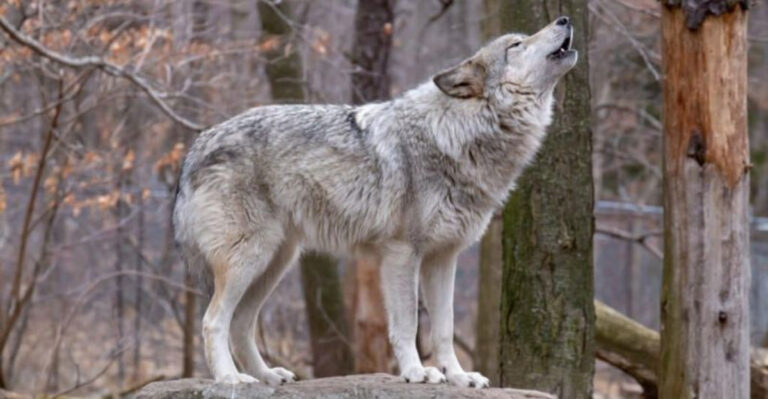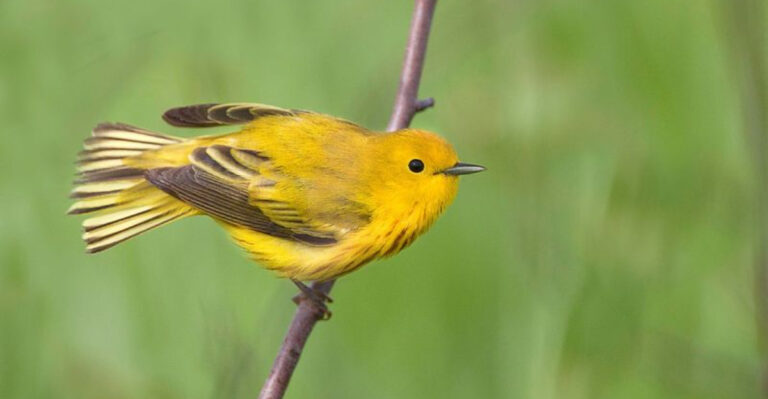10 Common Lion Myths And 5 That Are Complete Nonsense
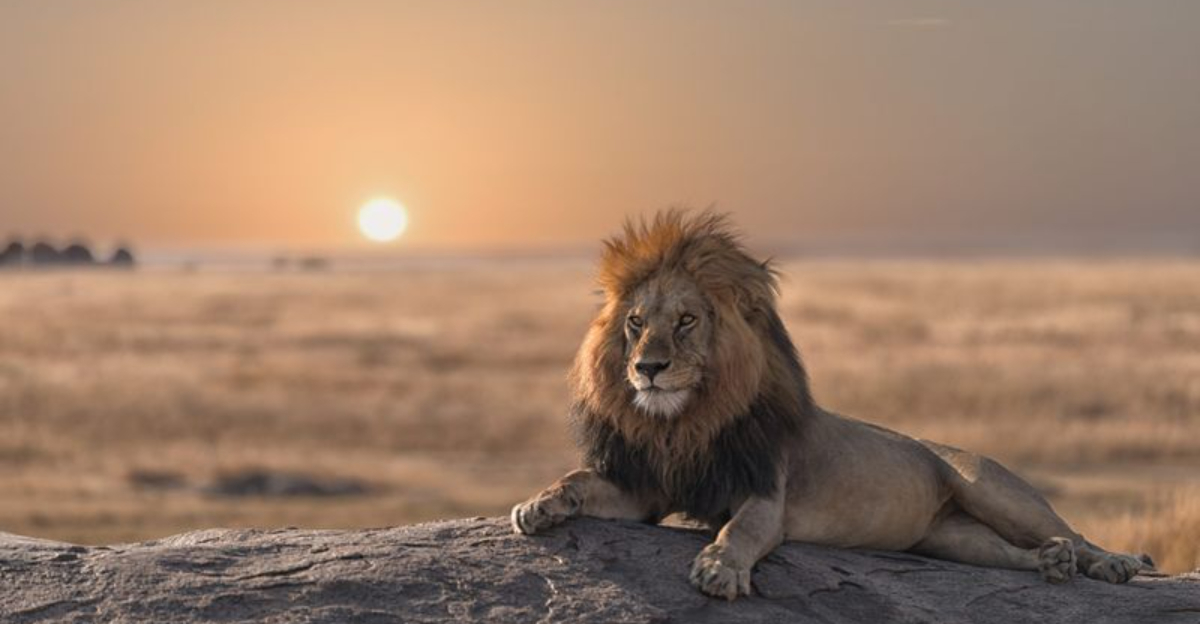
Ever heard that lions are the kings of the jungle? Funny thing is, they don’t even live in jungles! The world of lion facts is full of mix-ups like this.
Let’s separate what’s true from what’s totally made up about these magnificent big cats.
1. Lions Sleep 20 Hours Daily
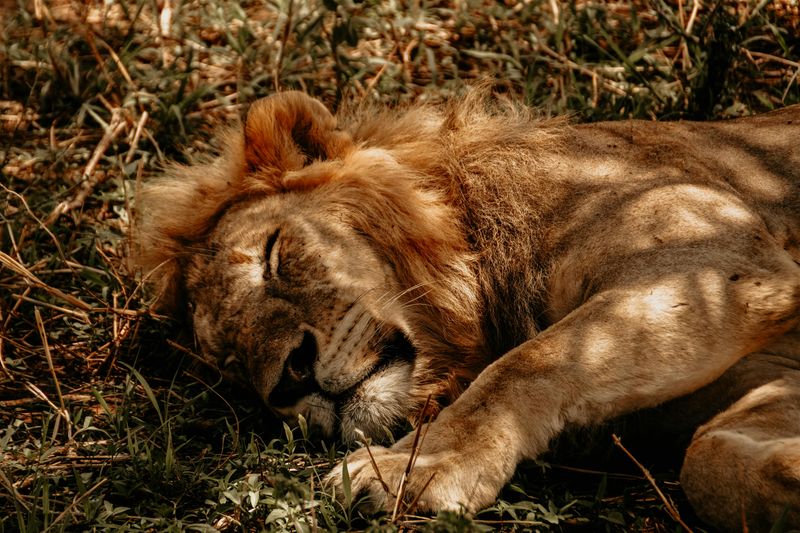
Think your cat’s lazy? Lions actually snooze up to 20 hours per day, conserving energy between hunts. They’re not being slackers – this is strategic energy management.
During intense heat, lions become even more inactive. Their impressive napping skills help them survive in harsh environments where food requires serious energy to catch.
2. Male Lions Don’t Hunt
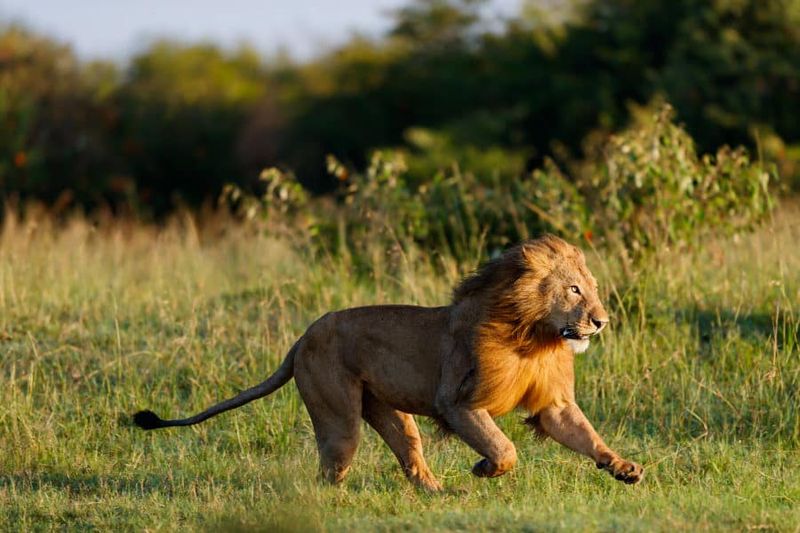
Contrary to popular belief, male lions do hunt! While females handle most group hunting, males definitely contribute, especially when targeting larger prey like buffalo or giraffes. Their hunting style differs though. Males use their massive size and strength for takedowns rather than the strategic stalking females excel at. They’re particularly effective hunting in tall grass.
3. Lions Fear Elephants
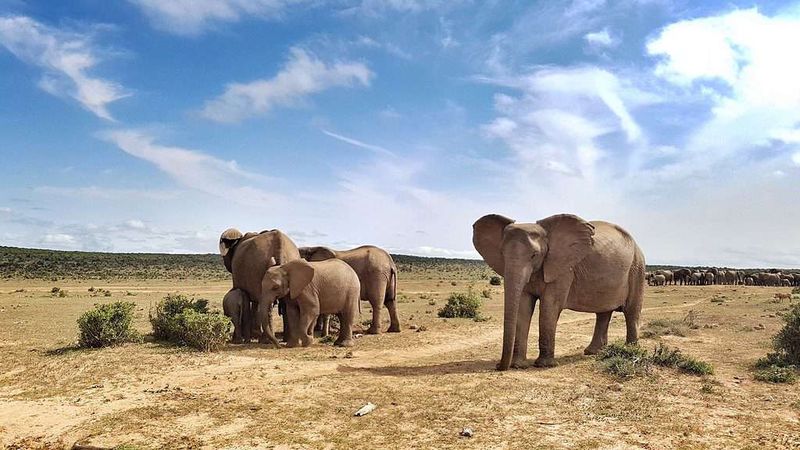
Got truth to it! Lions generally avoid confrontations with healthy adult elephants. These massive mammals can easily injure or kill lions with their tusks and powerful trunks.
However, desperate lion prides sometimes target elephant calves or weak individuals when other prey is scarce. Most encounters end with lions respectfully keeping their distance from elephant herds.
4. Lions Roar To Scare Prey

Roaring actually serves different purposes! Lions primarily roar to communicate with pride members and warn rival lions about territory boundaries. Their thunderous vocalization can travel up to five miles across the savanna.
When hunting, lions stay completely silent, using stealth rather than intimidation. Roaring would only alert prey to their presence!
5. White Lions Are Albinos
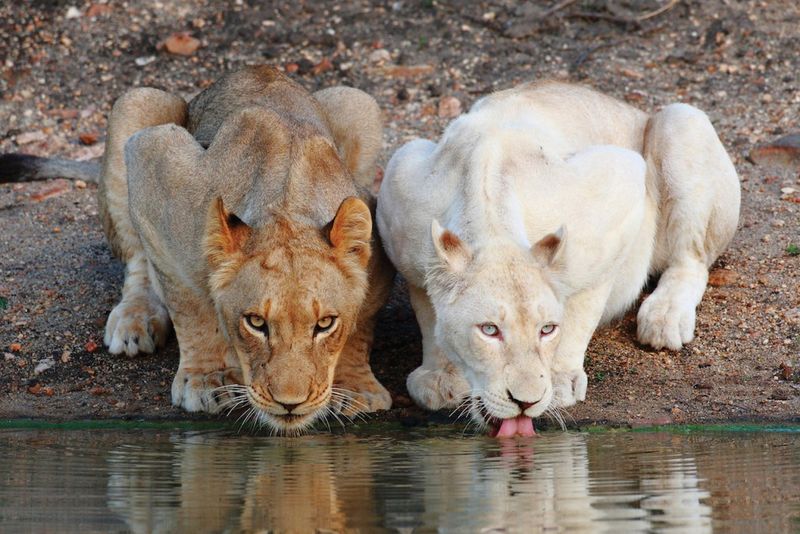
Gorgeous white lions aren’t albinos at all! Their cream-colored coats result from a recessive gene called leucism, which reduces pigmentation but doesn’t eliminate it completely.
Unlike true albinos, white lions have normal-colored eyes – usually blue or gold – and dark nose tips. These rare beauties mostly come from South Africa’s Timbavati region.
6. Lions Live In Jungles
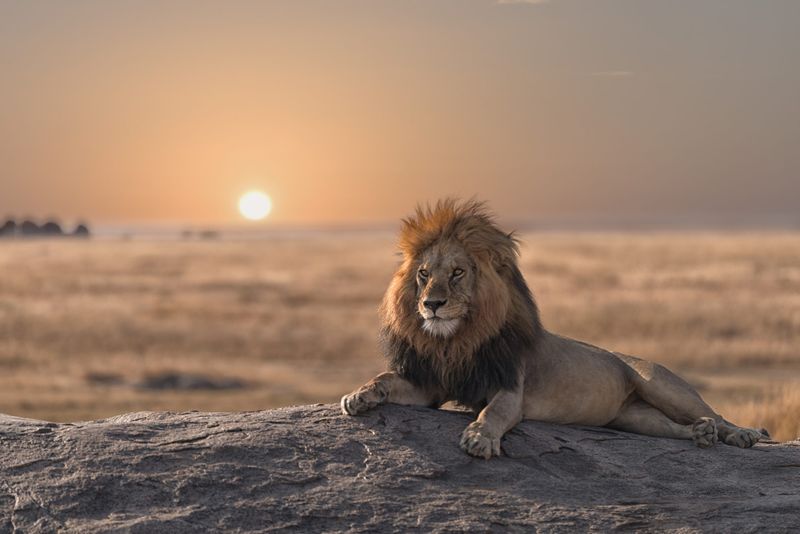
Despite being called “King of the Jungle,” lions actually prefer open grasslands and savannas! This mischaracterization likely originated when Europeans first encountered lions but had limited understanding of African habitats.
Lions thrive in open spaces where they can spot prey easily. Their tawny coats blend perfectly with dry grasses, providing camouflage during hunting.
7. Lions Cannot Climb Trees

Catch this surprising fact: lions absolutely can climb trees! While not as nimble as leopards, many lions – especially in places like Lake Manyara in Tanzania – regularly scale trees to escape biting flies or cool off.
Young lions are particularly good climbers. Some prides have developed this skill as a cultural behavior passed between generations.
8. Lions Mate Frequently
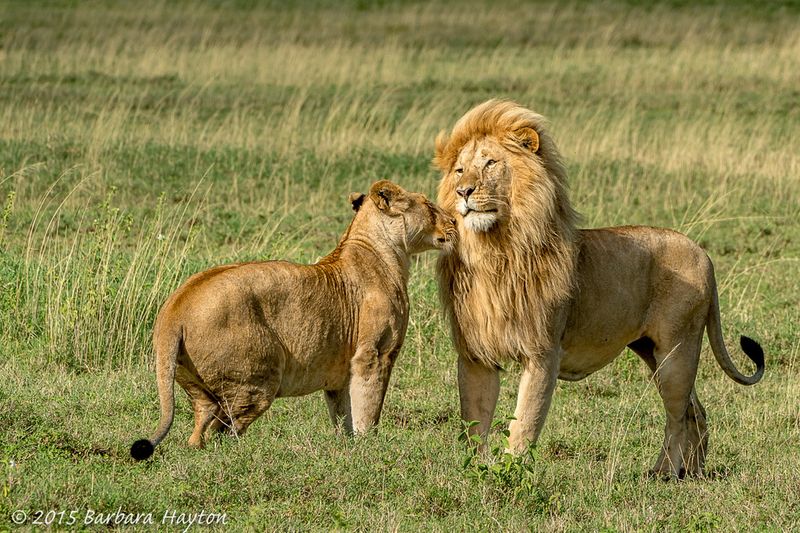
When a lioness is in heat, mating marathons are real! Couples may mate every 15-30 minutes for several days straight – sometimes up to 100 times in 48 hours.
This intense pattern increases chances of successful conception. Each mating session is brief, lasting only about 20 seconds, but the frequency makes up for the short duration.
9. All Lions Have Manes
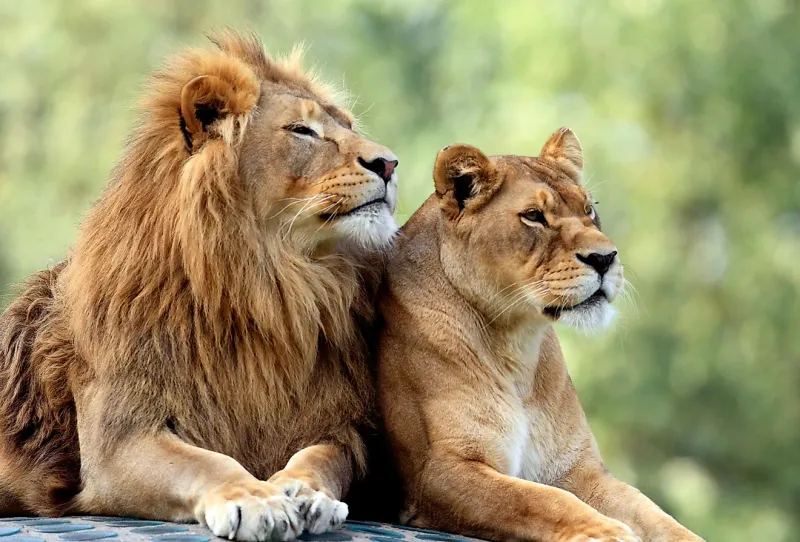
Only adult males sport those magnificent manes! They begin developing around 1-2 years of age, with thickness and color influenced by genetics, testosterone levels, and climate.
Interestingly, some lionesses in Botswana’s Okavango Delta have developed manes and male-like behaviors due to hormonal abnormalities. Standard females remain mane-free throughout their lives.
10. Lions Cannot Swim
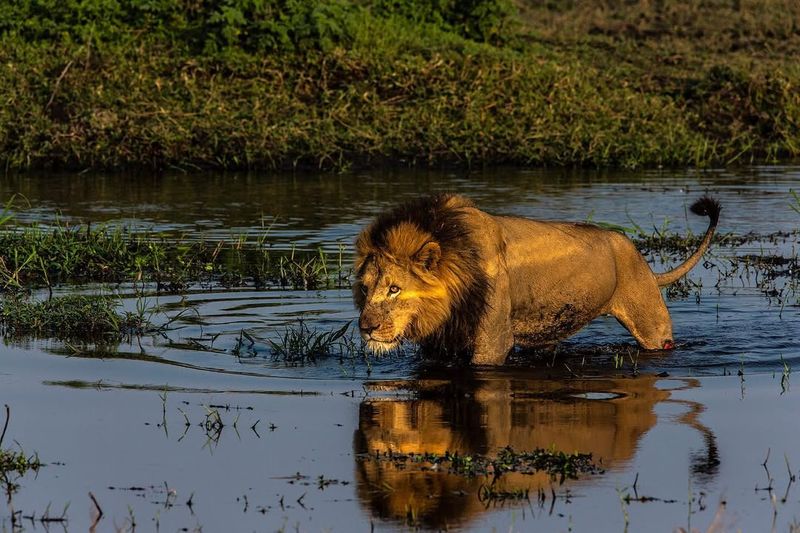
Surprise! Lions are actually capable swimmers when necessary. While they typically avoid water, lions will cross rivers and even lakes if prey or territory access requires it.
In places like Botswana’s Okavango Delta, lions have adapted to semi-aquatic environments. They’re not enthusiastic about swimming like tigers, but they’re certainly not helpless in water!
11. NONSENSE: Lions Attack Humans Frequently
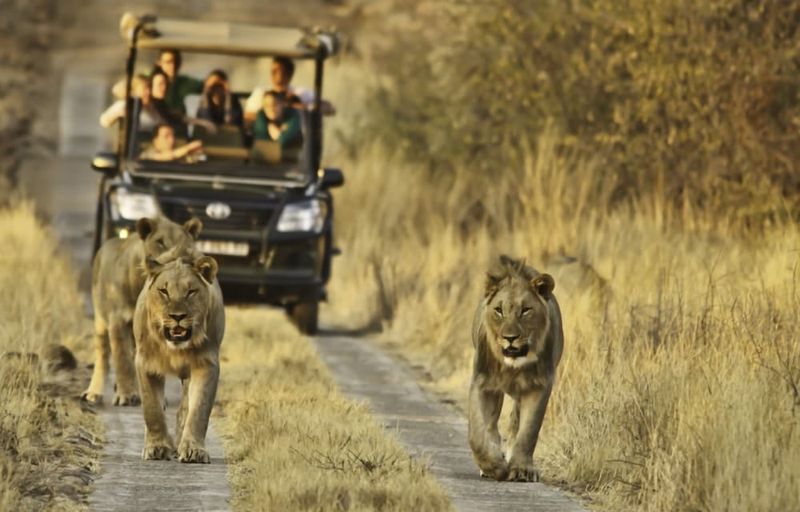
Hollywood horror stories aside, lions rarely target humans as prey. We’re simply not on their preferred menu! Most lion attacks occur when people inadvertently threaten cubs or corner injured lions.
Statistically, you’re more likely to be struck by lightning than attacked by a lion. Healthy lions with adequate natural prey virtually never view humans as food sources.
12. NONSENSE: Lions Are Solitary Hunters
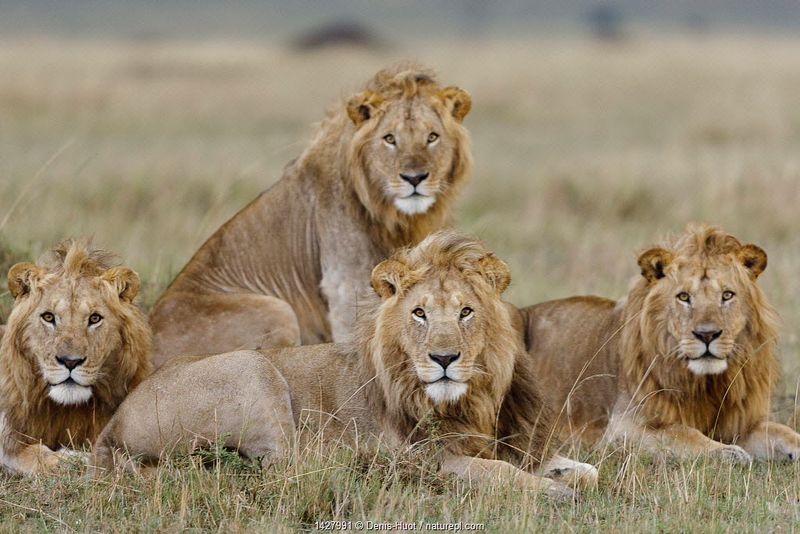
Unlike many big cats, lions are incredibly social! They’re the only truly social felines, living in family groups called prides that hunt, raise cubs, and defend territory together. Female pride members form the stable core, working as coordinated hunting teams.
Their cooperative hunting strategies allow them to take down prey much larger than what a solitary lion could manage.
13. NONSENSE: Black Lions Exist In The Wild
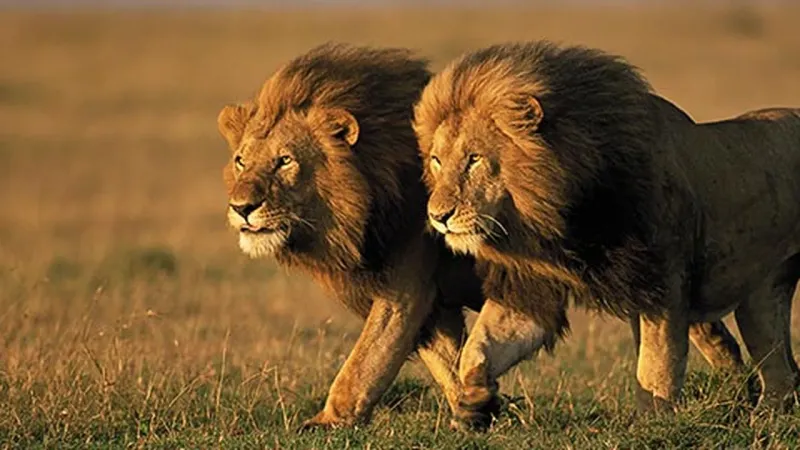
Despite occasional viral photos, black lions simply don’t exist in nature! Unlike jaguars and leopards that can have melanistic (black) variants, no scientifically documented melanism occurs in lions.
Those striking images circulating online? Clever Photoshop creations or very dark-maned lions photographed in shadow. The genetic mutation for black coloration doesn’t naturally occur in lion populations.
14. NONSENSE: Lions Purr Like House Cats
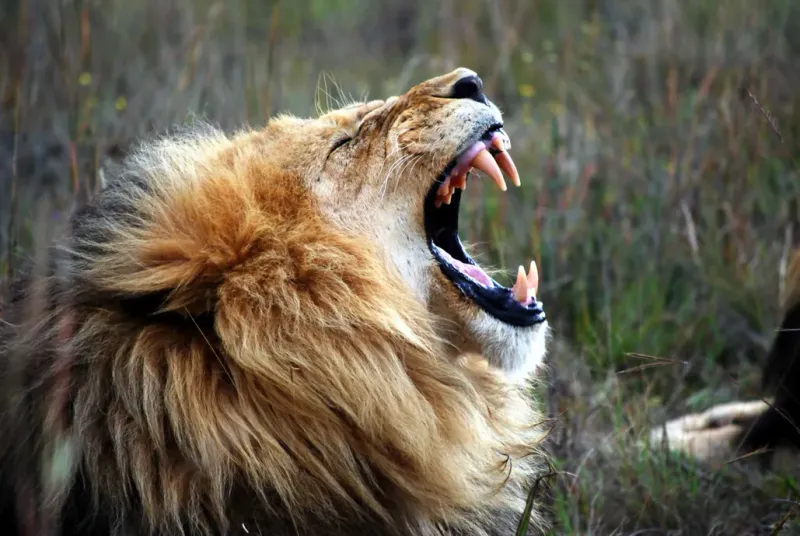
Unlike your tabby, lions physically cannot purr! The bone structure in their throat (hyoid bone) is flexible rather than rigid, preventing the vibrations needed for purring.
Instead, lions communicate through roars, grunts, growls, and moans. They may make content sounds when relaxed, but true purring belongs exclusively to smaller cat species.
15. NONSENSE: A Lion’s Roar Causes Paralysis
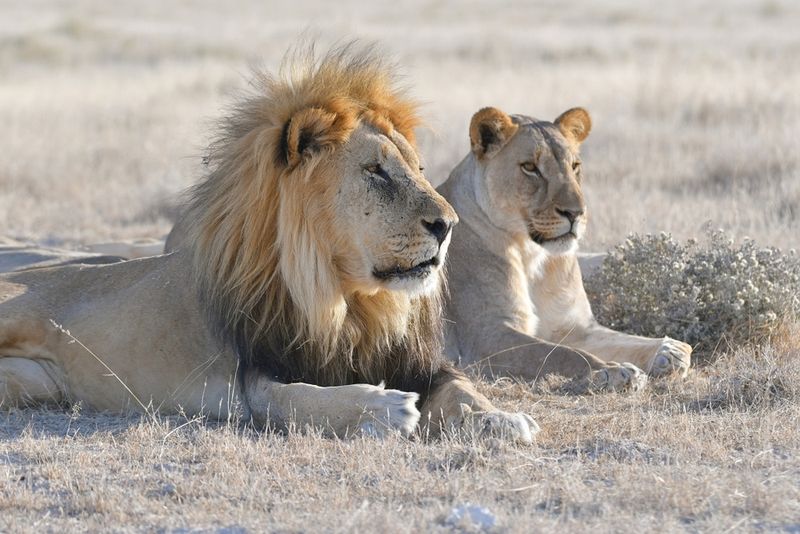
Action movies might show prey freezing at a lion’s roar, but reality works differently. Lions hunt silently, using stealth rather than vocal intimidation. Their roars serve social purposes – maintaining territory and group cohesion.
If a lion roared during a hunt, dinner would quickly disappear! Prey animals respond to roars by increasing vigilance, not becoming paralyzed.



